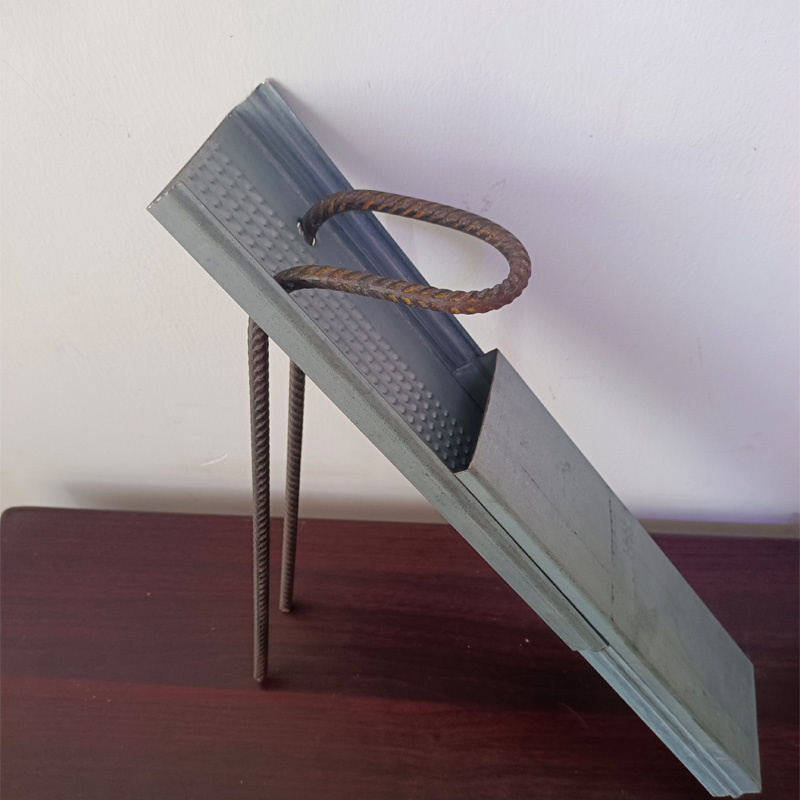
- Mobile Phone
- +8613931874955
- sales@cntcmetal.com
cavity tie spacing
Cavity Tie Spacing An Essential Aspect of Construction and Structural Integrity
In the realm of construction and civil engineering, cavity tie spacing plays a crucial role in ensuring the stability and durability of masonry structures. Cavity walls, designed with an air gap between two layers of masonry, provide significant benefits, including thermal insulation, moisture control, and resistance to wind load. However, the effectiveness of these walls largely depends on how well they are tied together, making the spacing of cavity ties a topic of considerable importance.
Cavity ties are metal elements that connect the inner and outer leaves of a cavity wall, providing structural support and integrity. Proper spacing of these ties is essential to prevent structural failure and to ensure the wall can withstand various loads. The decision on tie spacing must consider several factors including wall height, type of materials used, environmental conditions, and the specific loads that the wall will encounter.
The general guidelines for cavity tie spacing are dictated by building codes and engineering standards, which vary depending on the country and the specific application
. For instance, ties are typically spaced no more than 600mm vertically and 900mm horizontally, but these figures can be adjusted based on the height and width of the wall, as well as the anticipated load. Such regulations are in place to mitigate risks such as bowing or cracking in the masonry.Additional factors influencing cavity tie spacing include the type of masonry units used. Bricks, blocks, and other materials have different strengths and bonding characteristics, which can affect spacing requirements. Furthermore, buildings in seismic zones or areas prone to high winds may necessitate closer tie spacing to provide extra reinforcement against potential movement or displacement.
cavity tie spacing

Another critical consideration is moisture management. The cavity wall design inherently provides a drainage path for moisture, but if not properly supported, the wall system can fail, leading to water infiltration. Adequate spacing of ties helps to maintain the integrity of the cavity space, preventing moisture accumulation and ensuring that drainage can occur effectively.
It is also important for designers and builders to take into account the installation of insulation and the overall energy efficiency of the building. The correct placement and spacing of cavity ties can influence the thermal performance of a wall assembly, making it vital to integrate these considerations during the design phase to promote energy efficiency.
Modern advancements in materials and technology have also led to innovative tie systems that offer enhanced performance. For example, the introduction of polymer-coated ties can provide additional protection against corrosion, thus extending the lifespan of the ties and the overall wall system. Similarly, adjustable ties help to accommodate varying wall thicknesses and can simplify the installation process.
In conclusion, cavity tie spacing is a fundamental aspect of masonry construction that requires careful consideration during the design and building stages. By understanding the implications of tie spacing on structural integrity, moisture management, and thermal performance, engineers and construction professionals can ensure the longevity and reliability of cavity wall systems. As building codes evolve and technology advances, adherence to recommended practices regarding cavity tie spacing will remain critical in promoting safe and effective masonry construction. Ultimately, the success of a project relies on the meticulous attention to detail in the implementation of these guidelines.
share:
-
Yard Sign Stakes: Reliable Guardians of Outdoor SignsNewsAug.04,2025
-
Wall Ties: Invisible Guardians of Building StabilityNewsAug.04,2025
-
Resilient Web: The Super Guardian Power of Concrete MeshNewsAug.04,2025
-
Masonry Accessories: A versatile assistant on building foundationsNewsAug.04,2025
-
Iron Binding Wire: the 'invisible reinforcement specialist' in the fields of architecture and industryNewsAug.04,2025
-
Dynamic Spring: The diverse functions and excellent performance of Wire Tension SpringNewsAug.04,2025
-
Your Source for Concrete Wall Ties and Masonry AccessoriesNewsJul.10,2025



















